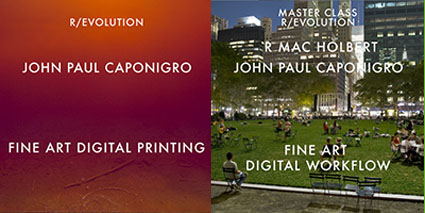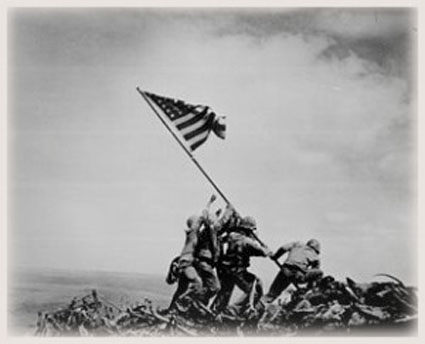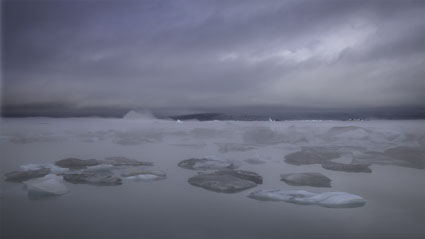onOne Announces Series of Updates

OnOne software recently announced major updates and additions to their product line.
DSLR Camera Remote HD
OnOne’s popular remote release app now includes the ability to start and stop video on Canon and Nikon DSLR cameras from the iPad. Specifically designed for the iPad, the new DSLR Camera Remote HD will include a redesigned interface takes full advantage of the larger screen on the iPad, improved gesture-based preview functionality and the addition of starting, stopping and monitoring video from supported HD DSLR cameras from Canon and Nikon. This update will also include support for additional cameras.
Perfect Photo Suite 5.5
Perfect Photo Suite 5.5, the update to Plug-In Suite 5, includes the next generation of Genuine Fractals, Perfect Resize 7 along with the completely new product Perfect Layers. In addition, many of the products within Perfect Photo Suite will now be available directly in Lightroom and Aperture, without the need for a separate host application. PhotoTools 2.6 and Mask Pro 4.1 continue to function directly within Photoshop and do not run as stand-alone applications.
Perfect Resize
Perfect Resize 7 is the next generation of Genuine Fractals. Perfect Resize adds new features for achieving sharp detail when enlarging images, new gallery wrap and tiling options, and interface enhancements for photographers who want to make the highest quality prints. Perfect Resize can now be used directly from within Adobe Photoshop Lightroom and Apple Aperture without the need for a separate host application.
Perfect Layers
Perfect Layers, is a new addition to the Perfect Photo Suite 5.5. Perfect Layers gives photographers the ability to easily create and work with layered files in their workflow application of choice and to bring those files directly into Photoshop. Perfect Layers supports the creation of layered files that can be opened and edited by Adobe Photoshop software and can be used directly from within Adobe Photoshop Lightroom software, Adobe Bridge and Apple Aperture.
Find out more about onOne products here.







